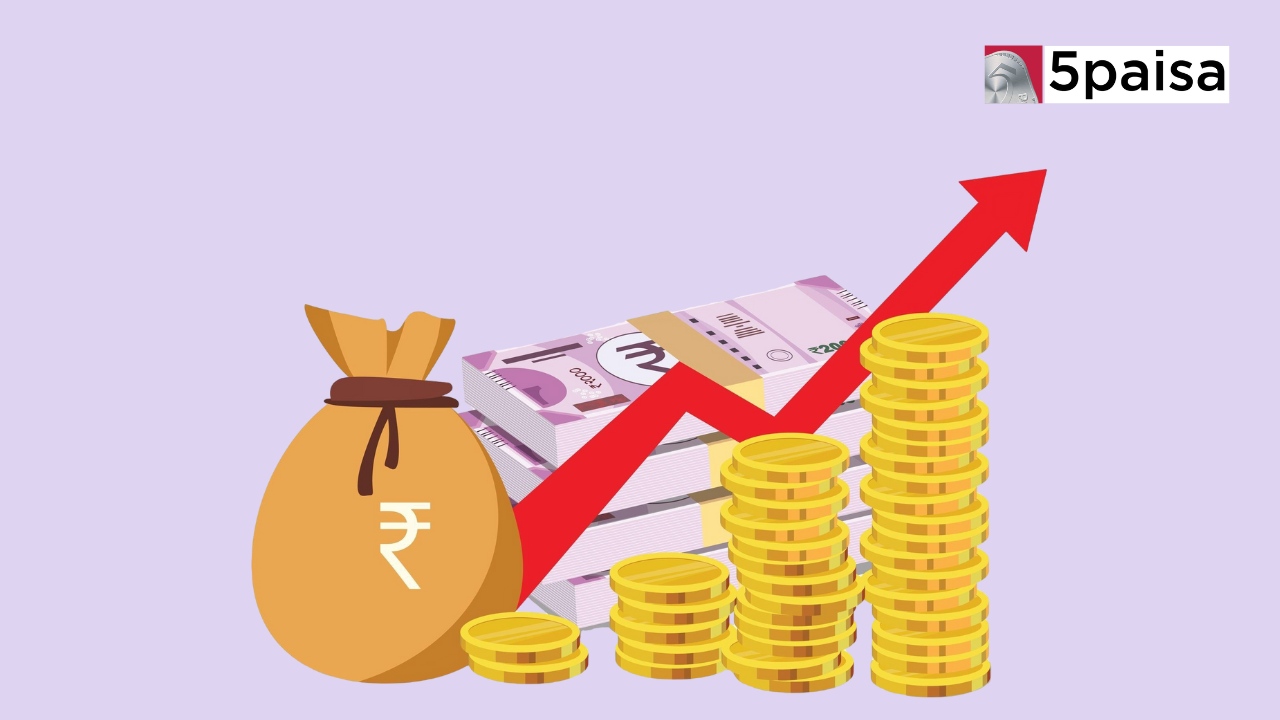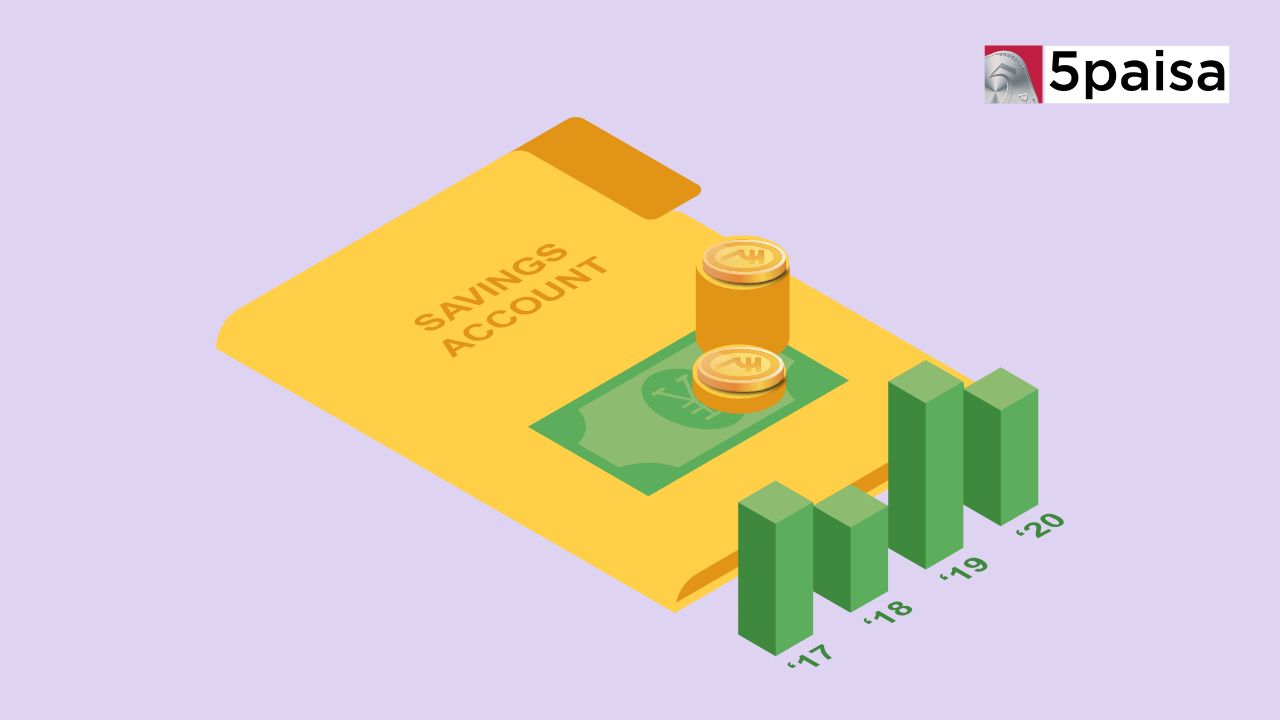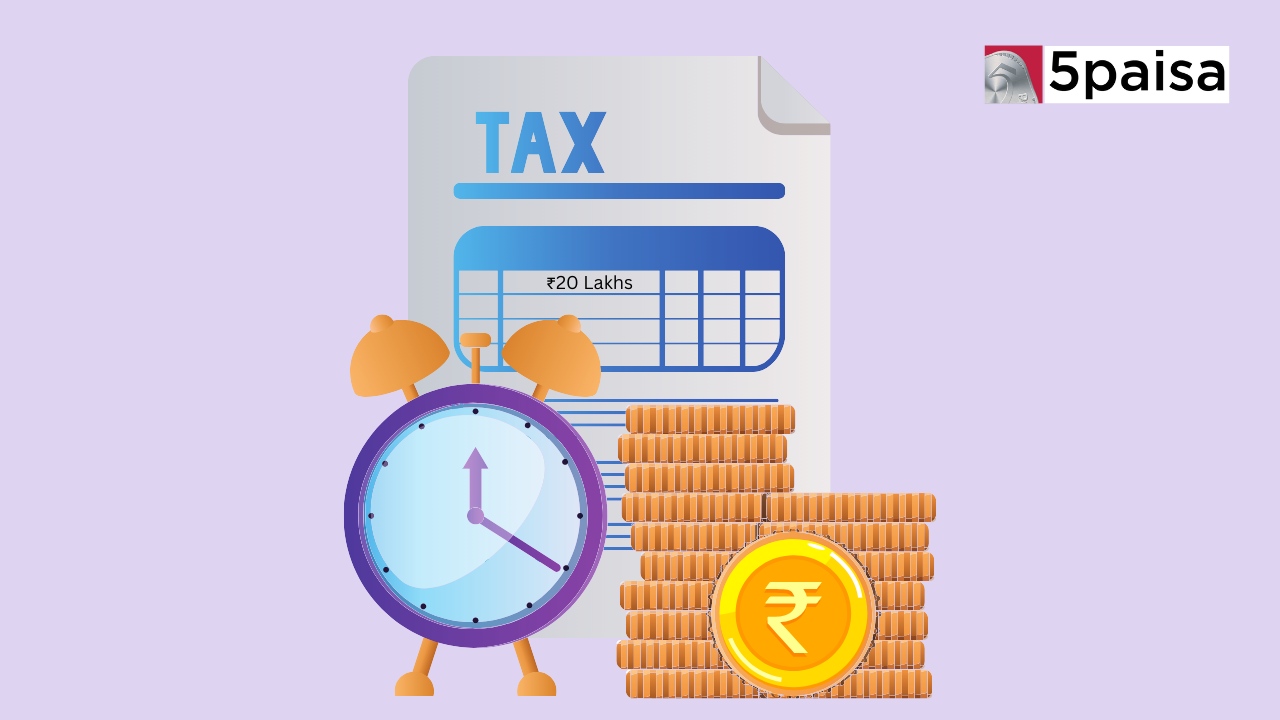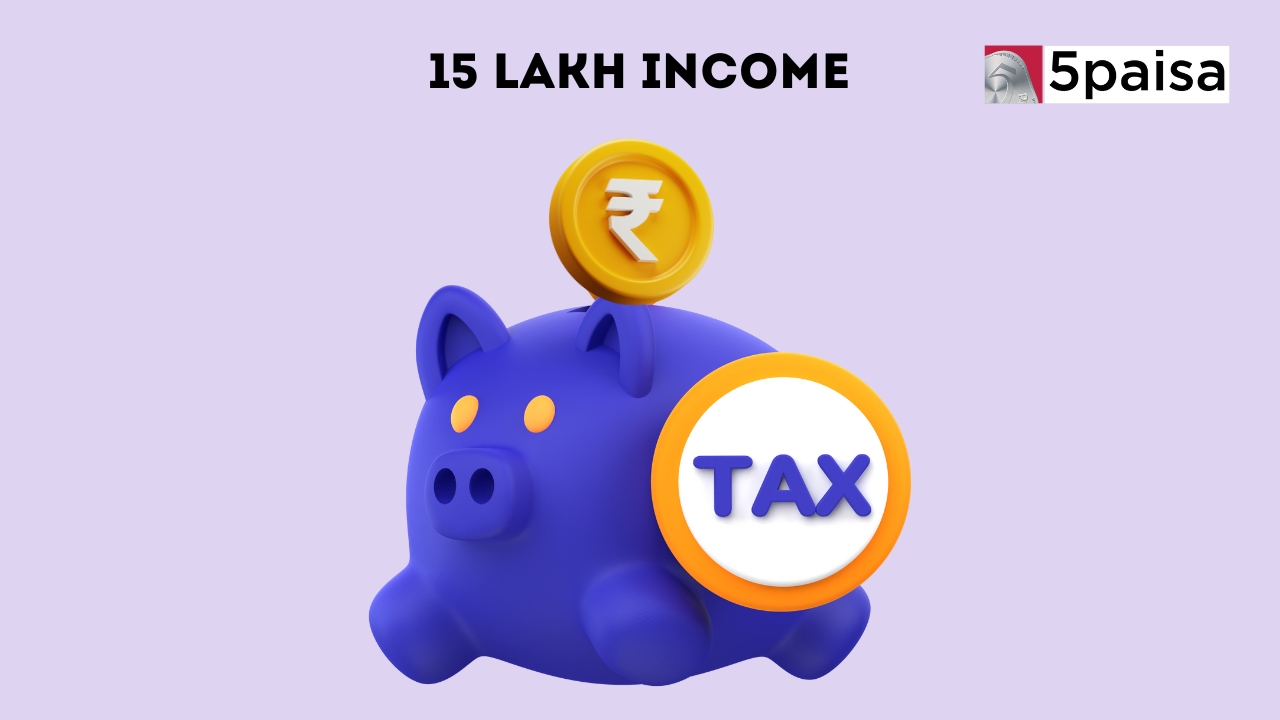Cumulative VS Non Cumulative Fixed Deposit: Overview
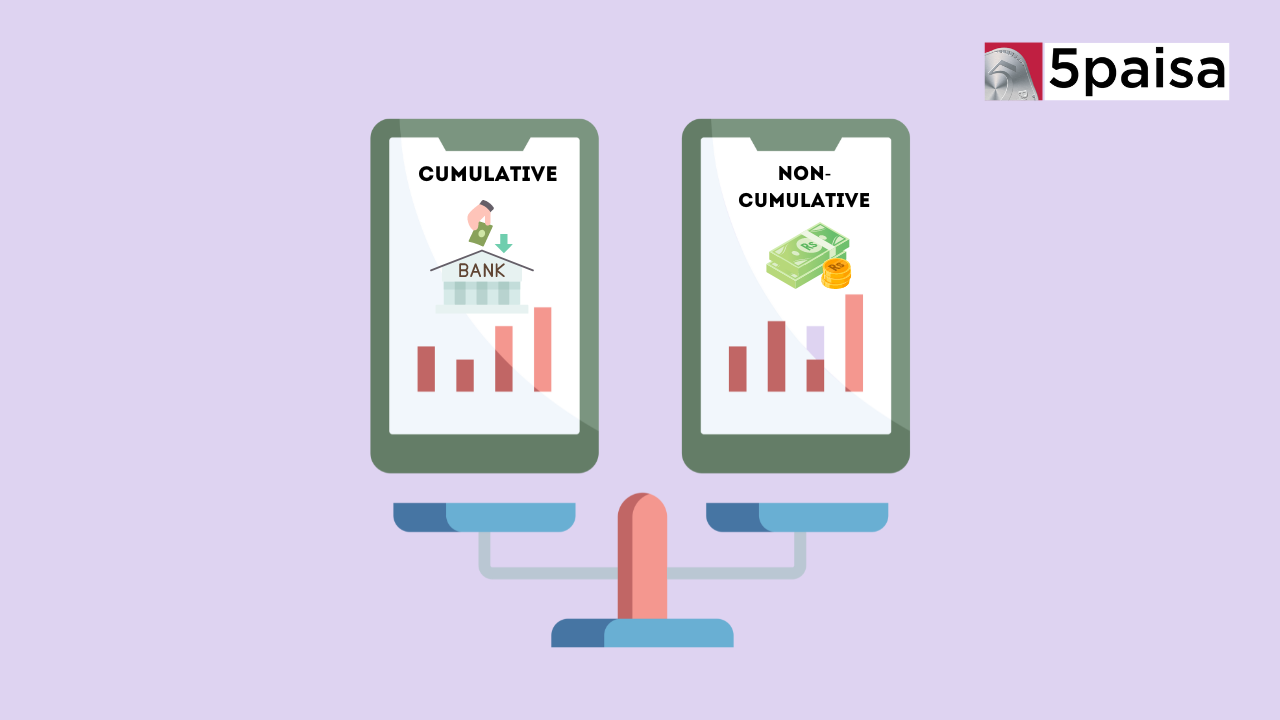
Last Updated: 6th June 2024 - 12:14 pm
Investing in fixed deposits (FDs) is a popular choice among individuals seeking a safe and secure way to grow their savings. However, there are two distinct options for fixed deposits: cumulative and non-cumulative. Each type of fixed deposit offers unique features and benefits, catering to different financial goals and preferences.
What is a Cumulative Fixed Deposit?
A cumulative fixed deposit is a type of investment where the interest earned on the principal amount is not paid out periodically. Instead, the interest is compounded and added to the principal amount regularly, typically quarterly or annually. This compounding effect results in the interest-earning interest, leading to a higher overall return at maturity.
Here's an example to illustrate how a cumulative fixed deposit works:
Suppose you invest ₹10,00,000 in a cumulative fixed deposit for a tenure of 5 years at an annual interest rate of 6%, compounded yearly. The calculations would be as follows:
| Year | Principal (₹) | Interest (₹) | Balance (₹) |
| 1 | 10,00,000 | 60,000 | 10,60,000 |
| 2 | 10,60,000 | 63,600 | 11,23,600 |
| 3 | 11,23,600 | 67,416 | 11,91,016 |
| 4 | 11,91,016 | 71,461 | 12,62,477 |
| 5 | 12,62,477 | 75,749 | 13,38,226 |
At maturity, after 5 years, you would receive a lump sum of ₹13,38,226, including the principal amount of ₹10,00,000 and the total interest earned of ₹3,38,226.
Cumulative fixed deposits are well-suited for individuals who do not require regular income and are saving for a future lump sum amount, such as retirement planning or a significant future expense.
What is a Non-Cumulative Fixed Deposit?
In contrast to a cumulative fixed deposit, a non-cumulative fixed deposit pays out the interest earned at regular intervals, such as monthly, quarterly, half-yearly, or annually, as per the investor's preference. The interest is not compounded or added to the principal amount; instead, it is paid out to the investor as and when it accrues.
Using the same example as above, let's consider a non-cumulative fixed deposit of ₹10,00,000 for 5 years at an annual interest rate of 6%, with interest payouts occurring annually:
| Year | Principal (₹) | Interest (₹) | Balance (₹) |
| 1 | 10,00,000 | 60,000 | 60,000 |
| 2 | 10,00,000 | 60,000 | 60,000 |
| 3 | 10,00,000 | 60,000 | 60,000 |
| 4 | 10,00,000 | 60,000 | 60,000 |
| 5 | 10,00,000 | 60,000 | 60,000 |
At maturity, after 5 years, you would receive the principal amount of ₹10,00,000, and you would have received a total interest payout of ₹3,00,000 throughout the tenure.
Non-cumulative fixed deposits are suitable for individuals who require a regular income stream, such as retirees, homemakers, or those without a consistent income source.
Difference Between Cumulative and Non-Cumulative Fixed Deposits
While both cumulative and non-cumulative fixed deposits offer guaranteed returns, they differ in several key aspects:
| Aspect | Cumulative Fixed Deposit | Non-Cumulative Fixed Deposit |
| Frequency of Income | No income is received during the fixed deposit tenure. The principal and accumulated interest are paid as a lump sum at maturity | Interest income is paid out at regular intervals (monthly, quarterly, half-yearly, or annually) as per the investor's choice, providing a consistent source of income |
| Interest Payout | Interest is compounded and reinvested, leading to a higher maturity due to the compounding effect | Interest is paid out as and when it accrues without being compounded or added to the principal amount |
| Suitability | Suitable for individuals who do not require regular income and are saving for a future lump sum amount, such as retirement planning or a significant future expense | Suitable for individuals who require a regular income stream, such as retirees, homemakers, or those without a consistent income source |
Factors to Consider When Choosing Between Cumulative FD vs. Non-Cumulative FD
When deciding between a cumulative and non-cumulative fixed deposit, it's essential to consider the following factors:
1. Income Requirement: If you need a regular source of income, a non-cumulative fixed deposit may be more suitable. However, a cumulative fixed deposit could be a better choice if you do not require periodic income and are saving for a future lump sum.
2. Investment Tenure: Cumulative fixed deposits generally offer higher returns over longer tenures due to the compounding effect. A cumulative fixed deposit may be more beneficial if you have a longer investment horizon.
3. Tax Planning: The tax implications differ between cumulative and non-cumulative fixed deposits. In a cumulative fixed deposit, the interest earned is taxed as a lump sum upon maturity, while in a non-cumulative fixed deposit, the interest is taxed as income in the year it is received.
4. Risk Tolerance: Both cumulative and non-cumulative fixed deposits are low-risk investment options. However, the potential returns may vary based on the chosen option.
It's essential to carefully evaluate your financial goals, income requirements, investment horizon, and risk tolerance before deciding on the type of fixed deposit that best suits your needs.
Conclusion
Cumulative and non-cumulative fixed deposits offer distinct advantages and cater to different financial needs. Cumulative fixed deposits provide the opportunity for higher returns through compounding, making them suitable for individuals seeking a lump sum amount in the future. On the other hand, non-cumulative fixed deposits offer a regular stream of income, catering to individuals who require periodic payouts.
Frequently Asked Questions
What Is The Interest Payout Frequency For A Cumulative And Non-Cumulative FD?
How Is The Interest Taxed Differently For Cumulative And Non-Cumulative Fixed Deposits?
What Are The Benefits Of Opting For A Cumulative And Non-Cumulative Fixed Deposit?
- Flat ₹20 Brokerage
- Next-gen Trading
- Advance Charting
- Actionable Ideas
Trending on 5paisa
Personal Finance Related Articles
Disclaimer: Investment in securities market are subject to market risks, read all the related documents carefully before investing. For detailed disclaimer please Click here.
 Sachin Gupta
Sachin Gupta
 5paisa Research Team
5paisa Research Team
